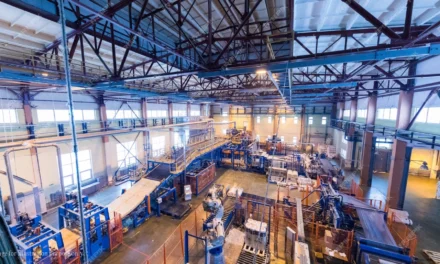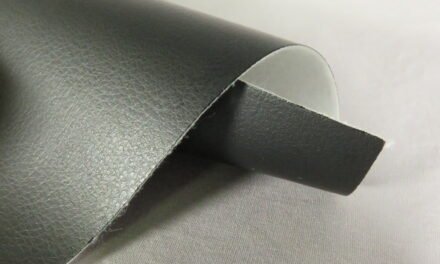3D printing is revolutionizing modern footwear design by enabling faster prototyping, customized production, and innovative designs that were previously difficult or impossible to achieve using traditional manufacturing methods. Here’s an in-depth look at the role of 3D printing in footwear design:
1. Rapid Prototyping
- Faster Design Iterations: Designers can quickly create physical prototypes from digital models, reducing the time and cost associated with traditional mold-making.
- Enhanced Precision: High-resolution 3D printers allow for the production of highly detailed prototypes, ensuring accurate representation of the final product.
- Real-Time Adjustments: Changes to the design can be implemented and tested within hours, streamlining the product development cycle.
2. Customization and Personalization
- Tailored Fit: Using 3D scanning, designers can create shoes that perfectly fit an individual’s foot anatomy.
- Unique Aesthetics: 3D printing enables the creation of bespoke patterns, textures, and structures, giving customers the opportunity to personalize their footwear.
- Orthopedic Applications: Customized insoles, orthotic supports, and specialized footwear can be 3D-printed to address specific medical needs.
3. Complex and Innovative Designs
- Geometric Freedom: 3D printing allows for the creation of intricate and lightweight structures, such as lattice soles, that are difficult to achieve with traditional methods.
- Material Optimization: Designers can experiment with material distribution to create soles with varying stiffness and flexibility in different areas for better performance.
- Dynamic Components: Features like shock-absorbing midsoles or adaptive cushioning can be integrated into the design.
4. Sustainable Manufacturing
- Reduced Waste: Additive manufacturing minimizes material waste, as only the necessary amount of material is used in production.
- Recyclable Materials: Many 3D-printed footwear designs incorporate recyclable materials, contributing to a more sustainable production process.
- On-Demand Production: Shoes can be printed on demand, reducing overproduction and inventory waste.
5. Production of Functional Parts
- 3D-Printed Soles: Materials like thermoplastic polyurethane (TPU) are used to print durable, flexible, and lightweight soles.
- Uppers and Components: Flexible materials enable the printing of entire shoe uppers or decorative elements.
- Integration of Electronics: Smart footwear designs incorporating sensors or LEDs can benefit from 3D-printed housings for electronic components.
6. Cost Efficiency in Small-Scale Production
- Tool-Free Manufacturing: Eliminating the need for molds or dies reduces the initial setup cost, making 3D printing ideal for limited-edition runs.
- Lower Labor Costs: Automated processes reduce the dependence on manual labor.
7. Experimental and High-Performance Footwear
- Athletic Footwear: Companies like Adidas and Nike use 3D printing for high-performance sports shoes, creating midsoles with precise cushioning and responsiveness.
- Fashion and Innovation: Designers in the luxury footwear sector use 3D printing for avant-garde creations, combining aesthetics with cutting-edge technology.
Challenges of 3D Printing in Footwear
- Material Limitations: While progress is being made, the range of materials suitable for footwear (flexible, durable, breathable) is still limited compared to traditional options.
- Production Speed: 3D printing can be slower than mass-production techniques like injection molding.
- Cost of Equipment: High-end 3D printers are expensive, making large-scale adoption challenging for smaller companies.
Future Potential
3D printing in footwear design is still evolving, with promising applications in:
- Mass Customization: Scaling up personalized shoe production for broader markets.
- Bio-Printing: Using organic materials for biodegradable or renewable footwear.
- Smart Manufacturing: Integrating sensors and electronics directly into 3D-printed components for advanced functionalities.







